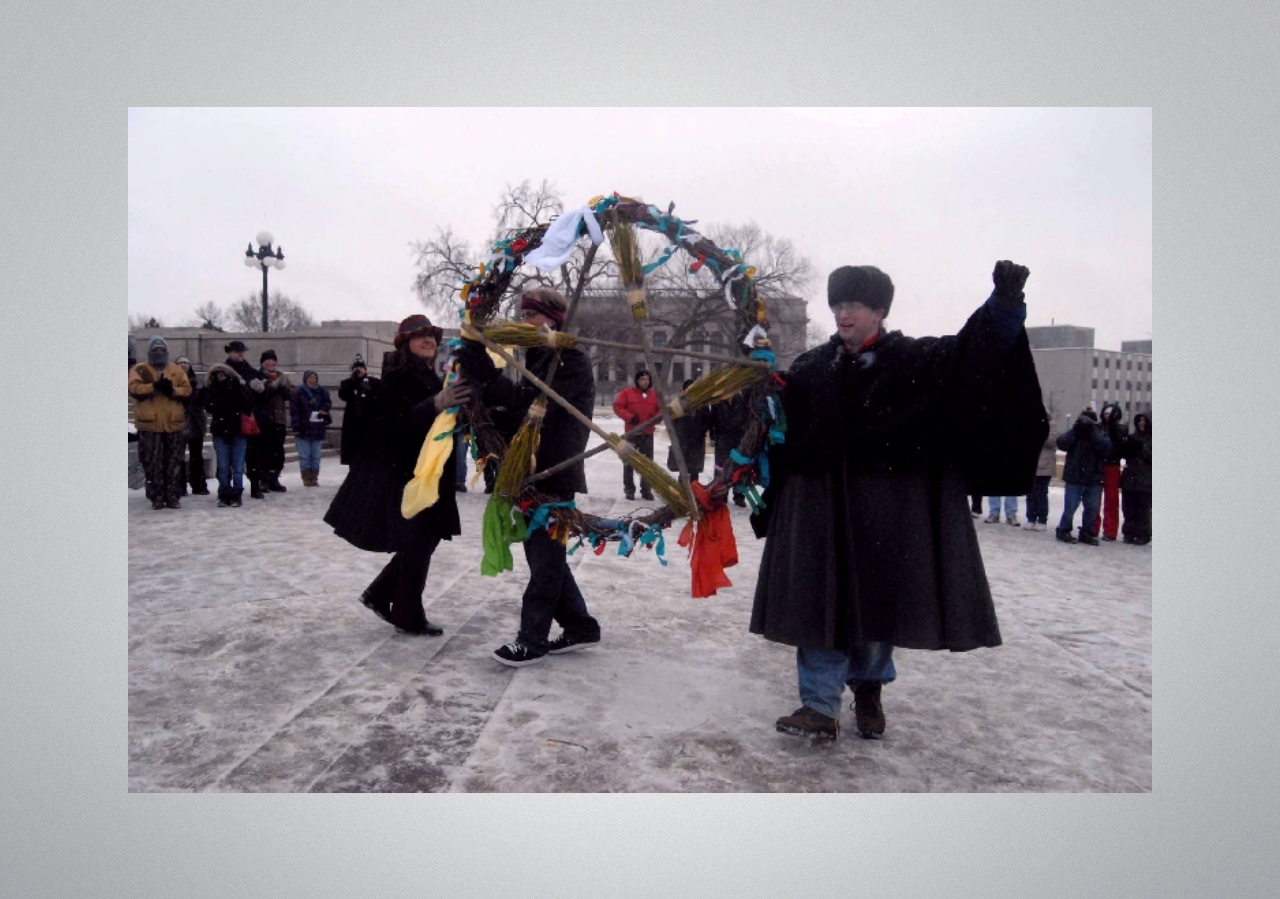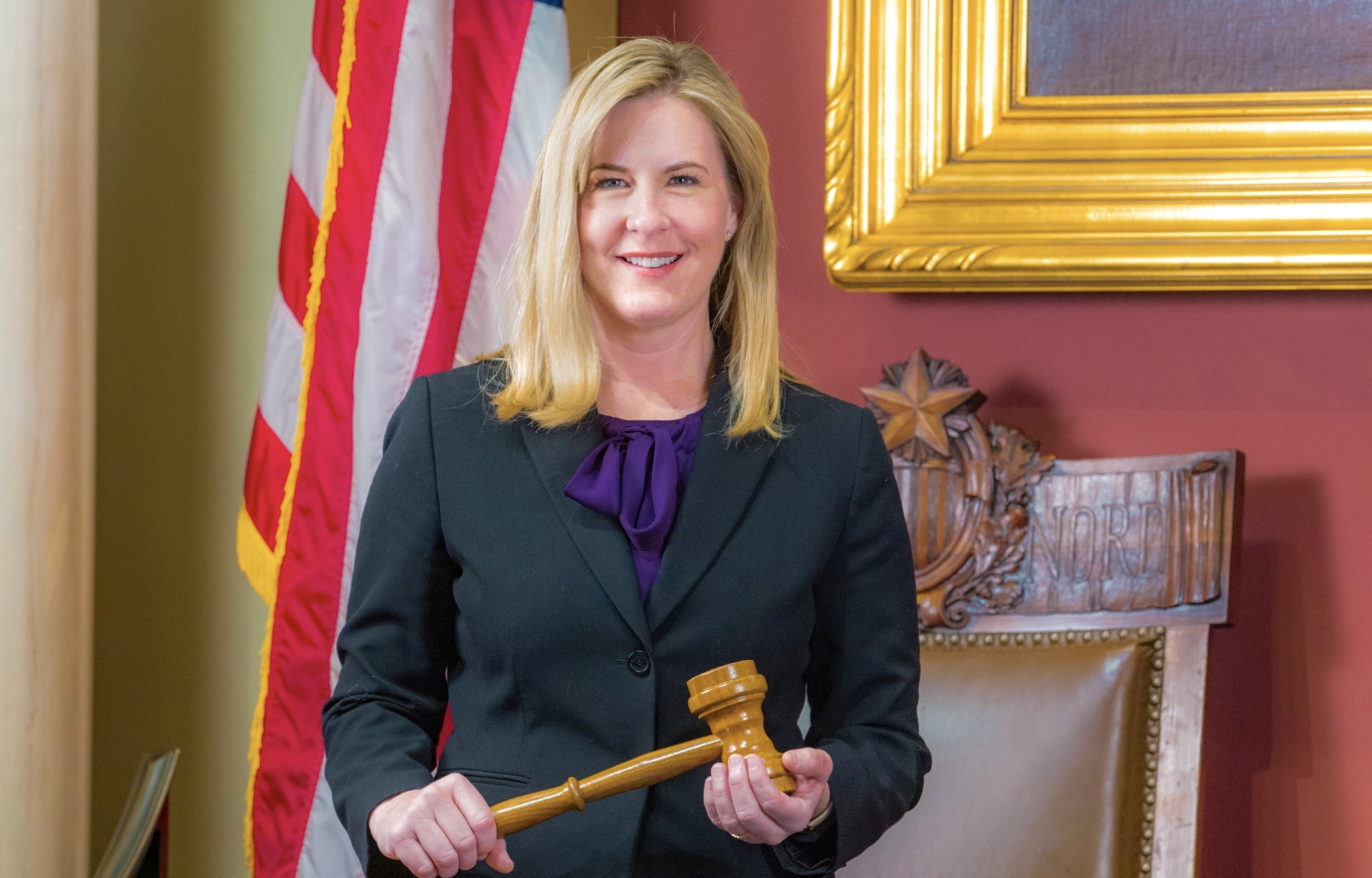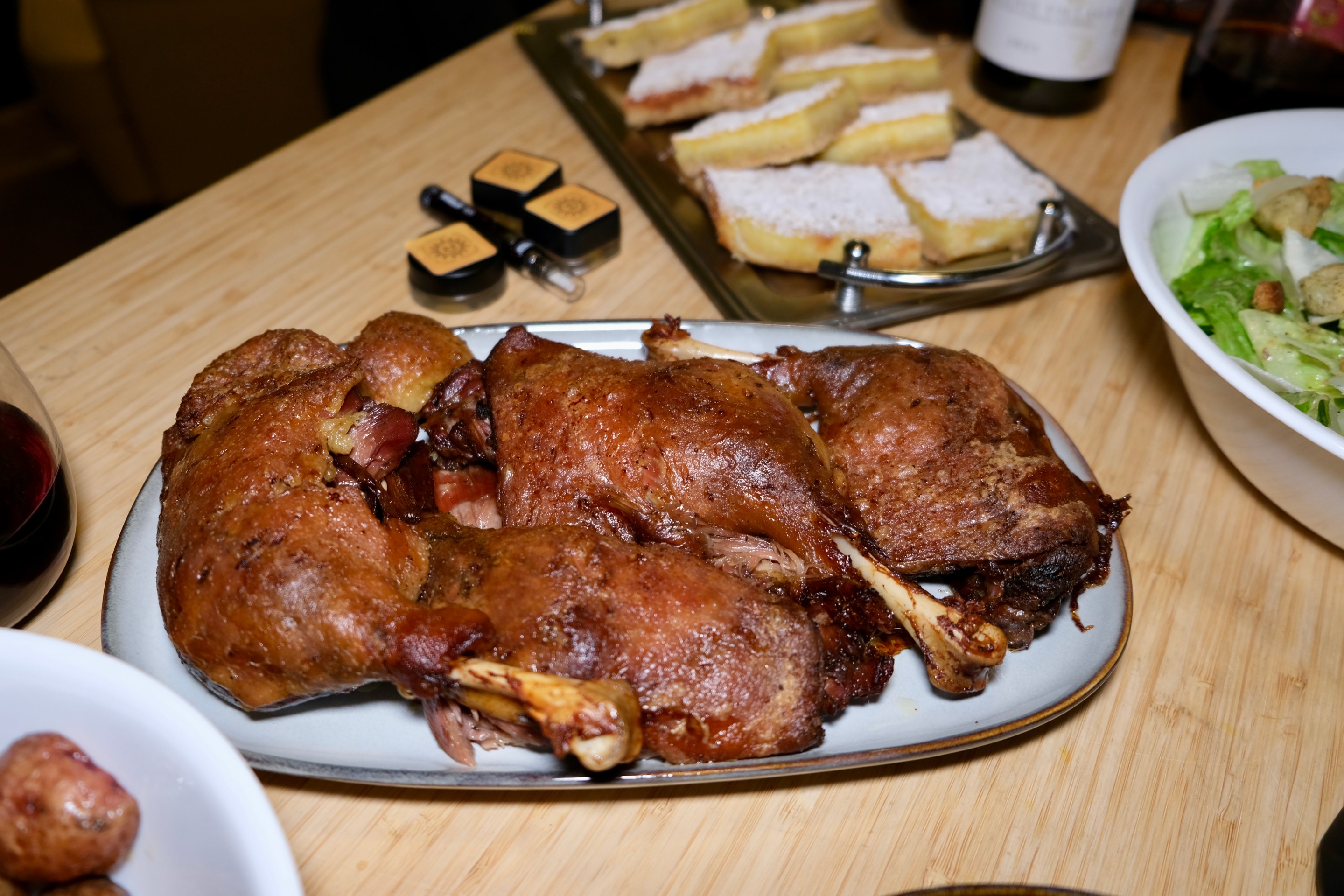In the fall of 1973, 73 witches gathered together in Minneapolis. They did not fly in on broomsticks; they did not transmogrify into cats or bats or dogs or wolves.
That’s because these were not the figures of folklore and film, but rather ordinary people who practiced Wicca, a religion which forms part of the modern pagan movement. Wiccans often take inspiration from pre-Christian polytheistic beliefs and practices, as well as the writings of the folklorist Margaret Murray and the “Father of Wicca” Gerald Gardner, among others. Aside from a single ethical principle—“harm none and do as you will"—Wiccans are wildly diverse in their beliefs and practices. While many Wiccan groups and organizations exist, most Wiccans practice on their own, according to the sociologist Helen Berger. “In this religion,” wrote NPR reporter and Wiccan priestess Margot Adler, “there is an exception to everything.”
That ’73 conference, organized by the Minneapolis-launched Council of American Witches, sought to bring these varied traditions together. The meeting was sponsored by Llewellyn, a Woodbury-based publishing company that specializes in occult and New Age books. In 1986, the far-right candidate for governor Andrew Olson would call Llewellyn “one of the leading purveyors of witchcraft and Satanism in this country.”
At the time, the conference was run by Carl Weschcke, a larger-than-life figure from St. Paul who also owned the Gnostica bookstore and, in the 1950s, was active within local chapters of the ACLU and NAACP. A few years before the conference, Weschcke hosted some Pioneer Press reporters for a spooky night in his home—the Chauncey Griggs Mansion, supposedly the most haunted house in St. Paul. And while the Council of American Witches wouldn't endure long, the neopagan organization’s work in Minnesota, a place some still refer to as “Paganistan,” would help shape the modern Wiccan movement.
At a 1974 meeting of the Council, also in Minneapolis, Weschke reassured MPR reporter Sam Ford that witches are not evil, don’t put hexes on people, and don’t fly on broomsticks. According to Ford, Weschke described witches as “socially conscious people” who wanted to save “mankind from self-destruction.”
Beginning in the winter of that year, the Council started gathering “statements of principle” from a selection of Wiccans and Wiccan groups. These included Lady Cybele, the Coven of Gwynvyd, the School of Wicca, and the New Reformed Orthodox Order of the Golden Dawn. The only thing that everyone agreed on was a more retro phrasing of the moral principle mentioned above: “An ye harm none, do what ye will.”
“Let us not quarrel among ourselves,” an anonymous witch wrote to the Council’s newsletter. “Worship as you see best and allow us also the same right. This is the true Wicca way.”
Despite opposition from some witches, Weschke and the rest of the Council settled on 13 “Principles of Wiccan Belief.” This is a number with historical significance: According to Murray, witch covens traditionally met in groups of 13. However, her theory that British witch trials persecuted a real, surviving pre-Christian religion has been discredited by modern scholars. According to Adler, most modern North American Wiccans view the idea that contemporary Wicca is directly descended from ancient pagan faiths “more as metaphor than as literal reality.”
“I have been initiated into several traditions,” the New York-based Wiccan priest Herman Slater told Adler. “All their origins are questionable.”
“Following traditions may be a mistake. It’s more important for [Wicca] to answer needs we have today,” Glenna Turner, a priestess of the New Reformed Orthodox Order of the Golden Dawn, said to Adler.
A Californian priestess named Moria perhaps put it best when she told Adler, “What good is a lineage? You either have the energy or you don’t.”
It was against this highly varied backdrop that the Council of American Witches settled on their 13 principles. “We are not bound by traditions from other times and other cultures,” they wrote, “and owe no allegiance to any person or power greater than the Divinity manifest through our own being.”
Among other things, these principles included anti-authoritarianism, spirituality, environmentalism, and a rejection of devil worship, as well as more specific claims about topics like when rites should be held and the exact nature of the relationship between masculinity and femininity. “We value neither above the other,” the Council wrote on that last point.
Principle two of 13—environmentalism—was discussed in the aforementioned NPR report. “A witch is interested in nature,” said one witch, who chose to remain anonymous. “There are a lot of witches in the ecology movement. They get into herb medicines and healing, and things like this.”
Perhaps unsurprisingly, given the wide variation in Wiccan beliefs and practices, the Council did not succeed in creating lasting unity. Not long after they wrote down their principles, the Council became defunct.
The cause of Wiccan unity saw more success on the West Coast. At the summer solstice of 1975, 13 covens and a few individuals came together in California to adopt the Covenant of the Goddess, including a seven-point code of ethics. They based their structure on Congregationalist Christianity, putting a strong emphasis on the autonomy of individual covens. They also recognized that not all Wiccans would want to be part of even a loose structure. “We are not the only Witches,” they wrote. “Witches who do not choose to join us are nonetheless Witches.” The COG organization still exists today. Maybe the warm weather helped.
Llewellyn, the local publishing company that put on the original conference, is now known as Llewellyn Worldwide. When Carl Weschcke died in 2015, the Star Tribune described the company as “one of the nation's top publishers of books on spirituality.” Today, it still stocks dozens of books on Wicca, as well as a wide variety of titles on other subjects.
While the Council of American Witches is long gone, the Twin Cities pagan community is still going strong. Katy Lee gave an excellent overview of the contemporary scene in a Racket article published last year. Maybe Weschcke was right when, all the way back in 1974, he told MPR that our metro was “the psychic center of the United States.”
Books cited:
Adler, Margot. Drawing Down the Moon: Witches, Druids, Goddess-Worshippers, and Other Pagans in America. Rev. and Updated ed. New York: Penguin Books, 2006.
Pizza, Murphy. Paganistan: Contemporary Pagan Community in Minnesota’s Twin Cities. London: Routledge, 2021.







